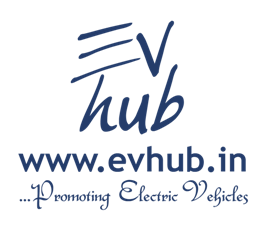Only 10 days after the establishment of the electric vehicle alliance by China's central state-owned enterprises, the "Sustainable New-Energy International Alliance" was officially established by enterprises including IBM, U.S.-based Eaton's Electrical Group and Foton Motors on Aug. 28. This signifies that competition in the domestic new-energy vehicle sector will start to intensify.
The "Sustainable New-Energy International Alliance" currently has six members consisting of three American and three Chinese enterprises. Of them, IBM will specialize in developing a sustainable transportation network information system, integrating and managing an intelligent power grid and researching the sustainable transportation strategy and business mode.
Aecom will be responsible for the design and development of sustainable transportation infrastructure as well as project management. Eaton's will specialize in the business of the vehicle power system, charging stations connecting with the intelligent power grid, storage battery services and battery management.
Read this news @ http://www.evhub.in/news/270#270

